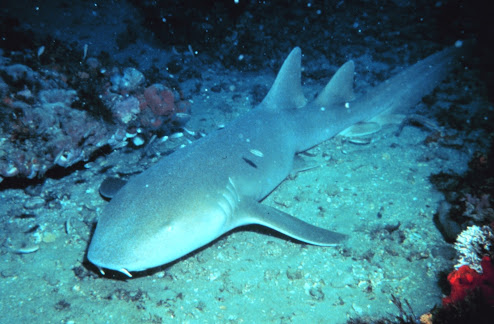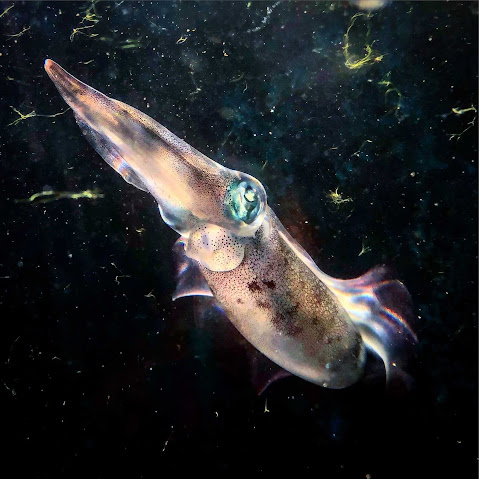 |
| Nurse sharks have a surprisingly effective adaptive immune system that may help shape novel COVID-19 therapies |
Fossil evidence suggests sharks first existed 420 million years ago, predating humanity, Mount Everest and even trees. Over the course of time, sharks and other fish with cartilage skeletons developed what is now believed to be the oldest adaptive immune system in the animal kingdom.
According to a recent study published in Nature Communications, these ancient predators and their prehistoric immune systems may also be key to developing effective COVID-19 treatments.
“The shark antibodies neutralized the proteins in ways we weren’t expecting.” —Surajit Banerjee, Cornell University/NE-CAT
Professors Aaron LeBeau of the University of Wisconsin and Hideki Aihara of the University of Minnesota used the Advanced Photon Source (APS), a U.S. Department of Energy (DOE) Office of Science user facility at DOE’s Argonne National Laboratory, to look at nurse shark antibodies. With exquisite resolution, the APS’s extremely bright X-ray beams showed that variable new antigen receptors (VNARs), the smallest unit of a shark antibody, can stop SARS-CoV-2, the virus that causes COVID-19 and its variants.


















.jpg)

